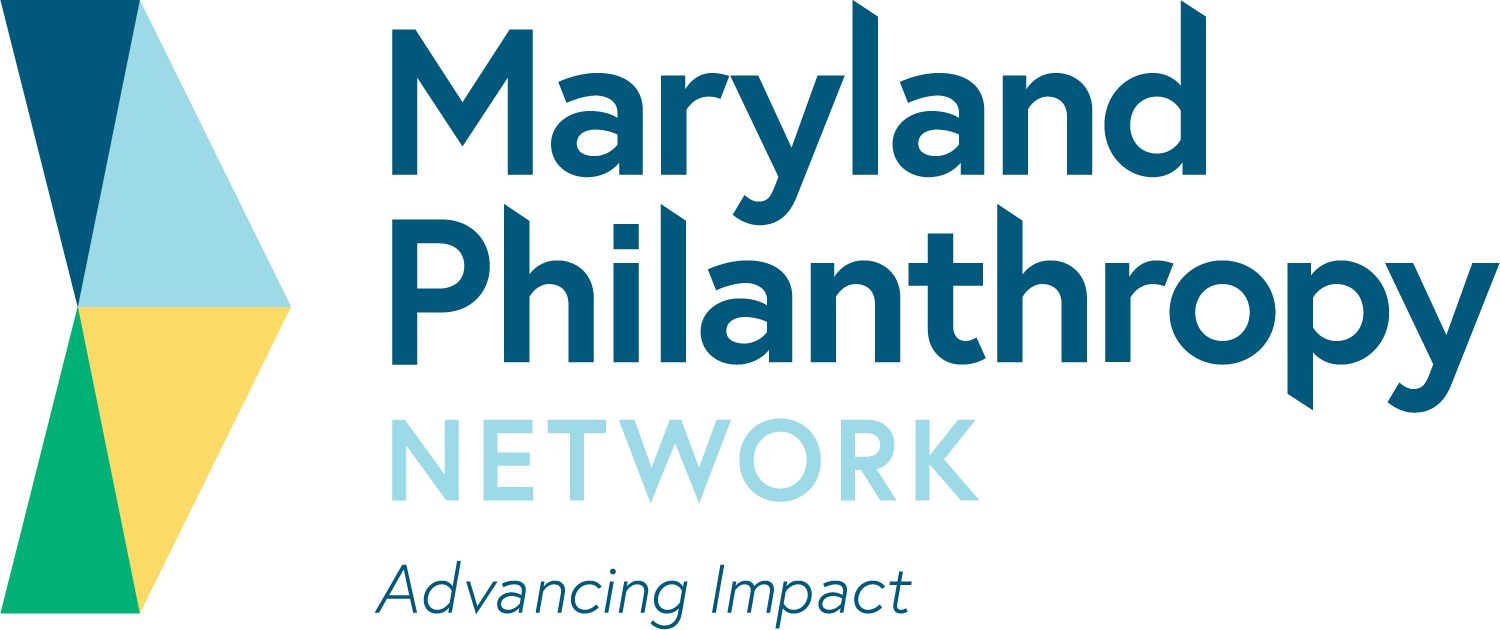Two important plans are working their way through Baltimore City’s Planning Department.
With over 7000 miles of tidal coastline, Maryland is one of the most vulnerable states to sea level rise.
Job training programs that include apprenticeships, paid internships or other real life employment experiences are among the most successful in helping prepare jobseekers for new careers.
The 437th Maryland State Legislative session began on January 11, 2017. Join us for a panel presentation from state-wide children/education advocacy groups as they share their legislative agendas and strategies for this session.
Every year in Baltimore City, approximately 150,000 eviction cases are filed by landlords.
Police reform is an issue that intersects with nearly every focus issue of our philanthropic community. This is one in a series of programs that will engage community and justice professionals in deepening funder understanding of the reform processes underway, the barriers to reform and the potential impacts on the issues and investment areas that are the focus of our funding community.
Maryland Philanthropy Network Members are invited to learn more about Baltimore City Health Department legislative agenda for 2017.
Join us on December 13th to hear from Cheryl Knott of the Baltimore Neighborhood Indicators Alliance (BNIA) as they overlay data as it relates to School Centered Neighborhood Investment (SCNI) and student outcomes for Baltimore City children.
Maryland Philanthropy Network members are invited to have a conversation with Scott Nolen with OSI-Baltimore, Greg Warren with Gaudenzia, and Dr. Kima Taylor on opioids and drug addiction treatment in Baltimore and across the US.
Environmental funders are aware of the need to diversify the movement and build support, especially in urban centers. Protecting our environment depends on having a robust and diverse grassroots base.

